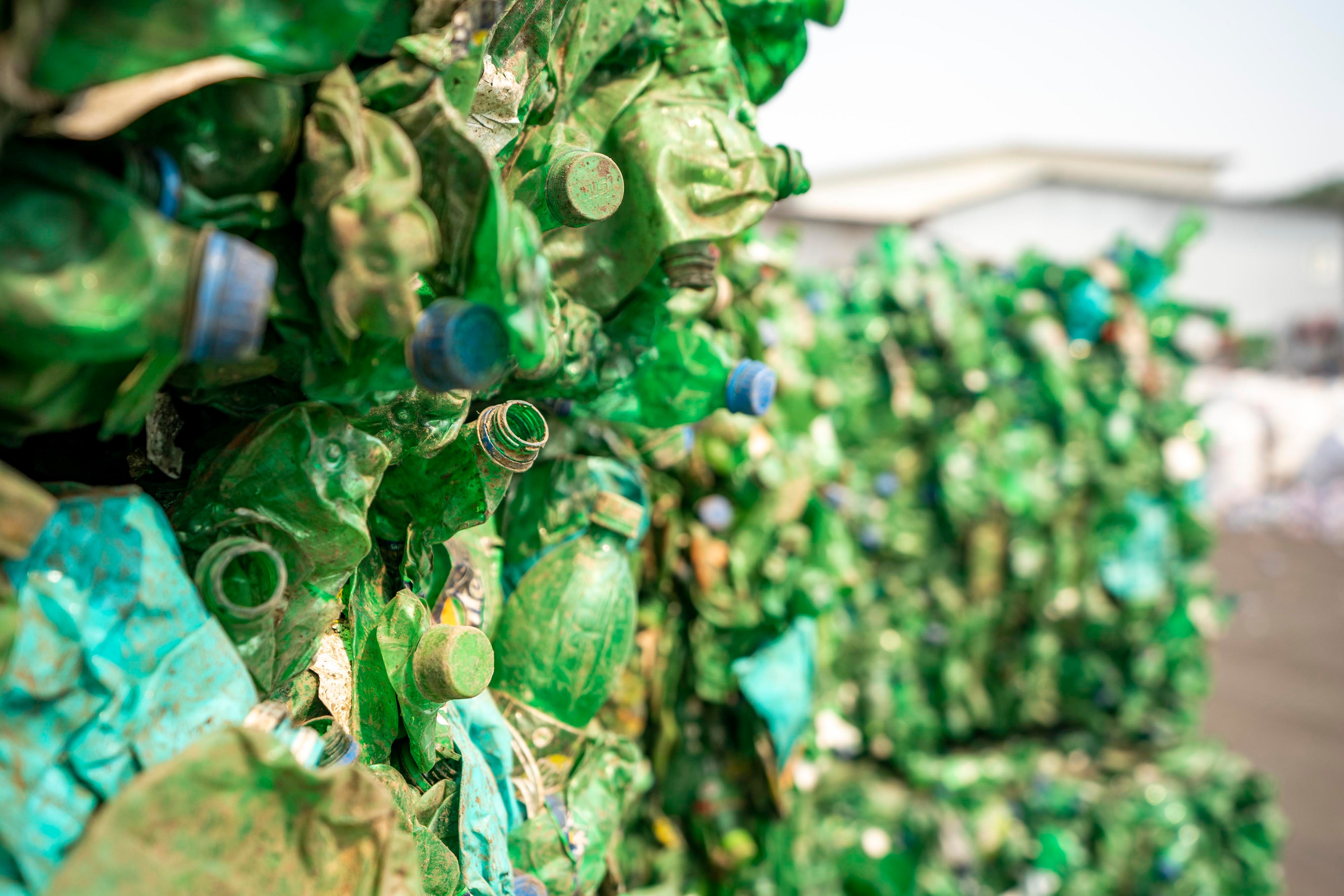Those unfamiliar with plastic recycling may not realize how varied and complicated the process can be. Since “plastic” is really an umbrella term for a wide range of materials, it’s important to remember that they’re all different and require a particular method for turning them back into raw materials ready for reuse.
What’s recyclable?
Not every plastic is recyclable, and even some that require processes so complicated and expensive that it seldom occurs. The most easily recycled plastics are:
- PET (Polyethylene Terephthalate): Most commonly seen in soda and water bottles
- HDPE (High-Density Polyethylene): Typically used for packaging products like milk, detergents, and hair care products.
- PP (Polypropylene): Used in clothing and ropes, as well as tubs and bottles
There are lots of other types of plastic that can be recycled, but they’re either harder to capture and clean (such as plastic wraps and films like LDPE and LLDPE) or because they can contaminate other plastics if they’re comingled during the recycling process (such as PVC).
And while plastic represents a huge portion of waste that has recycling potential, there are plenty of other materials well suited for a second life. Metals and organic materials top this list, and both have been recycled in one way or another for much longer than plastic has even existed.

The importance of sorting
Because not all plastics are the same, identifying and grouping plastic by type is a key first step in the process. The difficulty of doing this is a major factor in why so much plastic ends up in landfills and waterways instead of being recycled.
In many parts of the world, this is a completely manual process. As used plastics arrive at sorting centers, people are rummaging through the material by hand, identifying the recycling symbol on the plastic, and tossing it into the appropriate bin for processing.
In these settings, anything that doesn’t fall into an obvious recyclable category (or is a type of plastic that facility deems un-recyclable or too expensive to recycle) is destined for the dump. Only plastic clearly eligible for an available (and profitable) recycling method will make it to the next stage.
But some more sophisticated methods of sorting are available. Optical sorting is one of the most popular solutions for this at modern materials recycling facilities (MRFs).
Recyclable material is spread out on a conveyor belt in a thin layer. It then passes under a bright light, and sensory measure which part of the spectrum the material absorbs and which is reflected. A spectrometer is able to identify each material based on this signature, and then compressed air is used to transfer each item into an appropriate receptacle for additional inspection. This process is far faster and more efficient than sorting by hand.
Artificial intelligence and machine learning are also making inroads in the plastics recycling space. As these systems become more and more sophisticated, they are able to recognize increasingly diverse recyclable material so it can be diverted from the waste stream.
Robots are also playing a larger role in the sorting process. With recyclables being spotted and identified by AI, these machines are able to pick, separate and sort recyclable plastics from the other materials.
Robots are proving particularly useful in dealing with construction and demolition waste, extracting recyclable content from other debris. It is essential that contaminants are removed from plastics destined to become feedstock for the recycling process.
Float tanks are another tool in sorting plastics. Different types of plastics have varying densities, so suspending them in liquid can separate them accordingly. The plastic is loaded in, the tank is filled with water, and then additives are used to change the water’s density.
For PP/PE and PET plastics, they’ll float to the top while other materials sink to the bottom for further sorting. Once PET is shredded into flakes, those will sink to the bottom while labels and caps float to the top. This process has an added benefit of cleaning the plastics from residue that can cause problems with converting the plastic into ready-to-use raw materials.

Completing the process with extrusion
Once the plastic has been sorted, it’s time to get it ready for a new use. Plastics are shredded or ground up and then heated. This converts them back to a liquid state, where they can be poured or injected into molds.
For the recycled materials to be viable for most purposes, it must have a consistent profile, which is why it’s so important to remove any contaminants and ensure that the plastic is all the same type.
While the plastic that ends up recycled is only a fraction of the total amount produced, each piece that finds a new life means less waste, less consumption of fossil fuels, and less environmental pollution.
Ocean plastics represent a huge opportunity for manufacturers looking to make their products greener and more environmentally friendly while shortening their supply chain by sourcing material locally. To find out what opportunities are available near you, check out the Oceanworks Marketplace.


